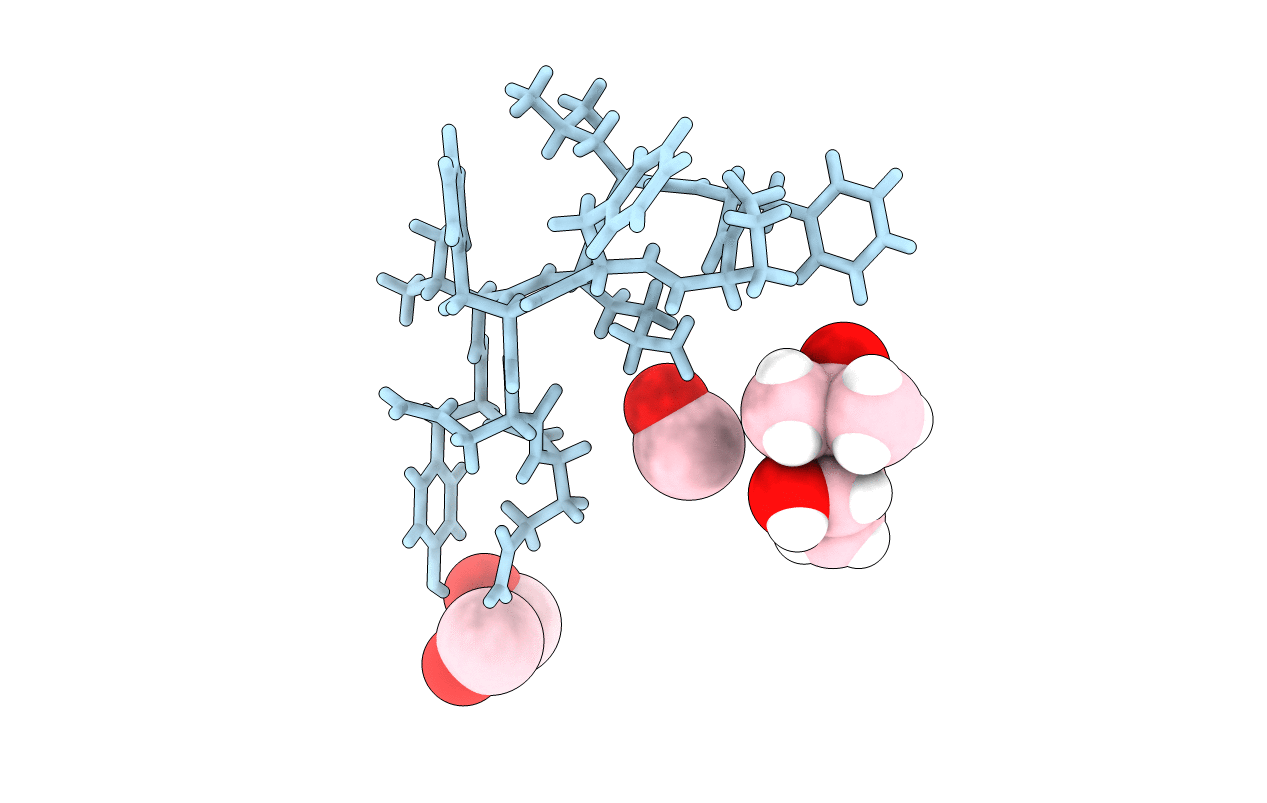
Deposition Date
2013-08-09
Release Date
2014-03-19
Last Version Date
2025-03-26
Entry Detail
PDB ID:
4M6E
Keywords:
Title:
The high resolution structure of tyrocidine A reveals an amphipathic dimer
Biological Source:
Source Organism:
Bacillus brevis (Taxon ID: 1393)
Method Details:
Experimental Method:
Resolution:
0.95 Å
R-Value Free:
0.14
R-Value Work:
0.13
R-Value Observed:
0.13
Space Group:
H 3 2


